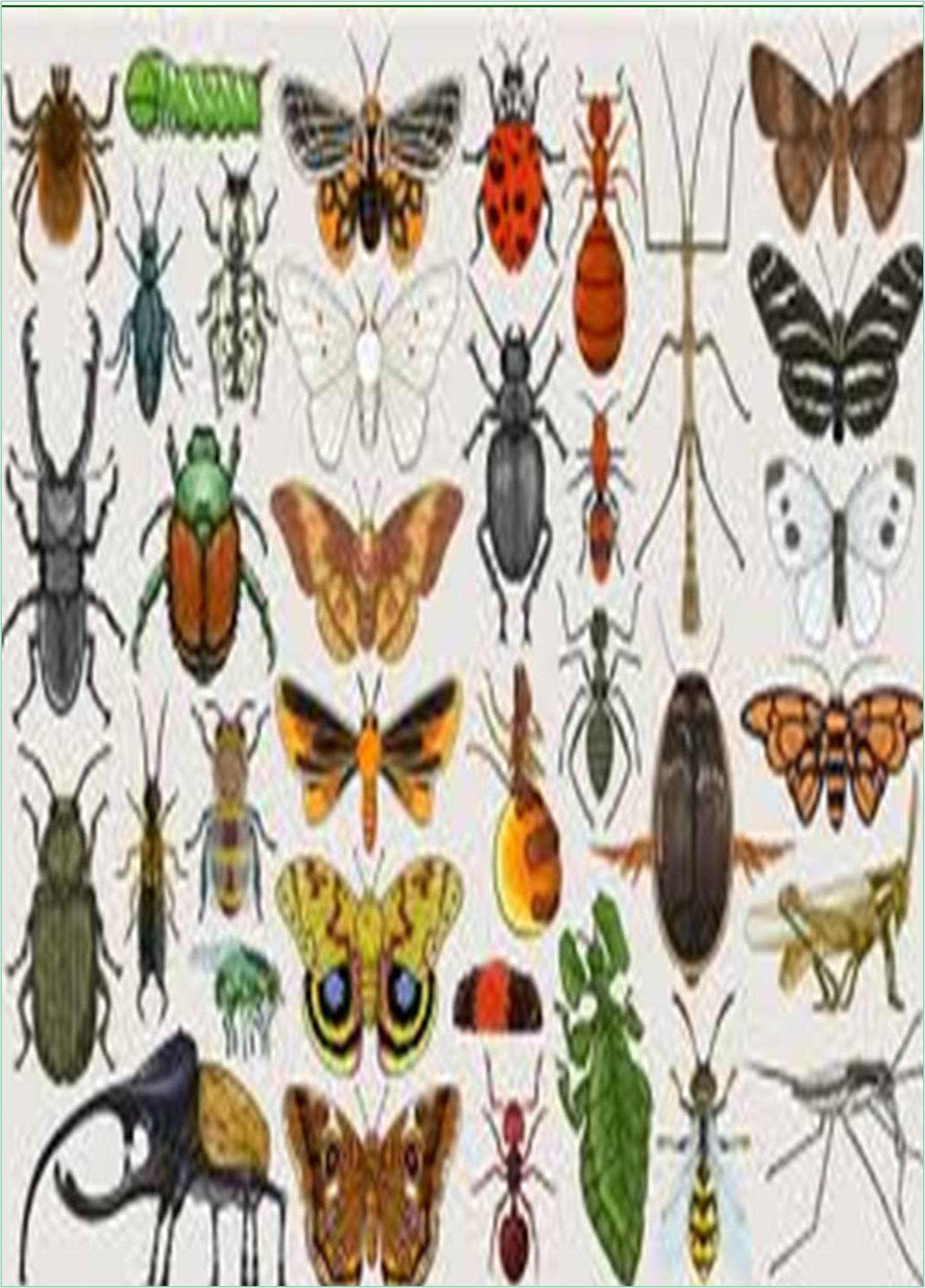



Received: 15-Nov-2022, Manuscript No. IJER-23-84602; Editor assigned: 18-Nov-2022, Pre QC No. IJER-23-84602 (PQ); Reviewed: 02-Dec-2022, QC No. IJER-23-84602; Revised: 08-Dec-2022, Manuscript No. IJER-23-84602 (R); Published: 16-Dec-2022, DOI: 10.15651/IJER.22.9.013
The importance of these goods and services, as well as disturbances that pose a threat to the health of forest ecosystems, are expected to rise with the growth of human populations. For example, forest ecosystems provide a variety of goods (such as food, fuel, and timber) and services (such as biodiversity maintenance, carbon storage, nutrient cycling, water and air purification). The health of forest ecosystems around the world is seriously threatened by invasive insects and viruses, and it is predicted that more species will spread outside of their natural habitat. The causes of biological invasions are primarily international (i.e., commerce and transit networks) and unintentional, even though their effects are initially seen regionally. As a result, prevention is the main focus of many national forest biosecurity programmes. To try to limit the spread of species outside of their native regions, a vast network of international and regional regulatory tools has been constructed. These legislative measures make an effort to control biosecurity risks both in the region of origin and in the range that has been invaded.
Through cuticle penetration, particular classes of soil dwelling microorganisms known as entomopathogenic fungi infect and kill insects and other arthropods. They are currently utilised to manage insect plant pests and act as bio control agents against them. Despite the fact that entomopathogenic fungi are already available in agriculture, their full potential has not yet been fully realised. Significant research has been done on the subject recently, demonstrating not only several applications in pest management but also their capacity as endophytes, aiding the plant host in growth and pathogen resistance. This article reviews the body of research on entomopathogenic fungi over time, highlighting their method of action, benefits, prospective uses, and future possibilities.
The established geographic and historical range of many living things is extending as a result of globalisation. With the arrival of the first immigrants from Europe and Asia, exotic animals started to haphazardly migrate to North America. Numerous microbe, plant, and animal species have evolved to survive in the various climatic regions of Canada, the United States, and Mexico. Exotic species typically generate the most serious economic issues since the native biota is not prepared to fend off these newcomers. Numerous foreign phytophagous species seriously harm North American agricultural, forest, and ornamental plants.
Since 1970, the globalisation era has steadily and significantly expanded the amount of international cargo shipments. Pallets, crates, and boxes made of solid wood packing material (SWPM) are used to ship goods all over the world. In SWPM, bark and wood-boring insects are frequently caught, including bark beetles, longhorn beetles, wood wasps, jewel beetles, weevils, and ambrosia beetles. Live wood-boring insects are still stopped in SWPM at the Canadian and American borders despite the application of International Standards for Phytosanitary Measures, which mandates the requirement to treat wood goods exported overseas to stop the transmission of insects and illnesses. A few species that have recently been introduced and established in Canadian woods include the emerald ash borer (Agrilus planipennis), brown spruce longhorned beetle (Tetropium fuscum), sirex woodwasp (Sirex noctilio), and pine shoot beetle (Tomicus piniperda).
Insects can also profit from mutualistic interactions with plant infections that overpower a plant's defences (such as the illness known as "thousand cankers") or trigger a plant's response to cell suicide. On the other hand, insect damage can put plants at risk for microbial infections. For instance, it was discovered that aflatoxin concentrations (produced by Aspergillus species.) were proportional to the number of insects that came into contact with these crops after storage, in addition to the losses of maize crops brought on by the African pink stem borer (Sesamia calamistis) and the false codling moth (Thaumatotibia leucotreta). In order to meet their nutritional needs, several bark and ambrosia beetles even rely on a fungal relationship.